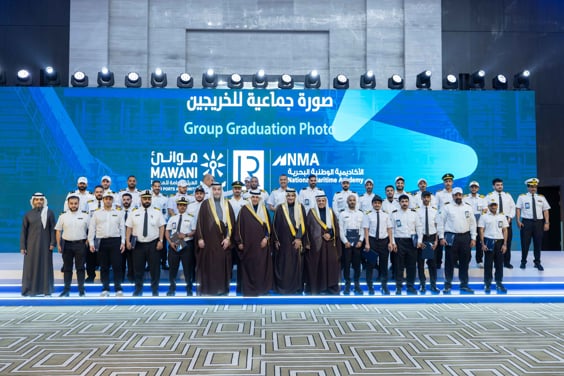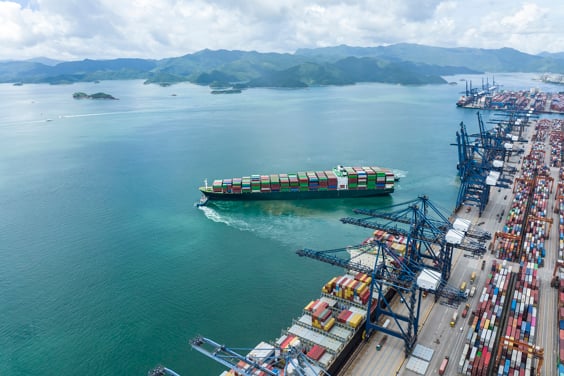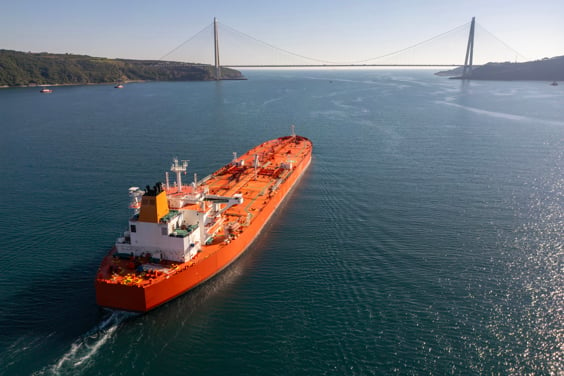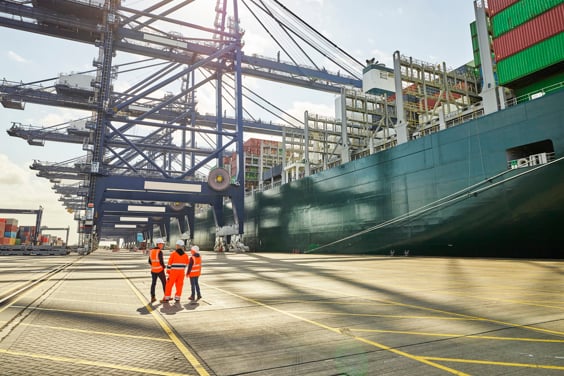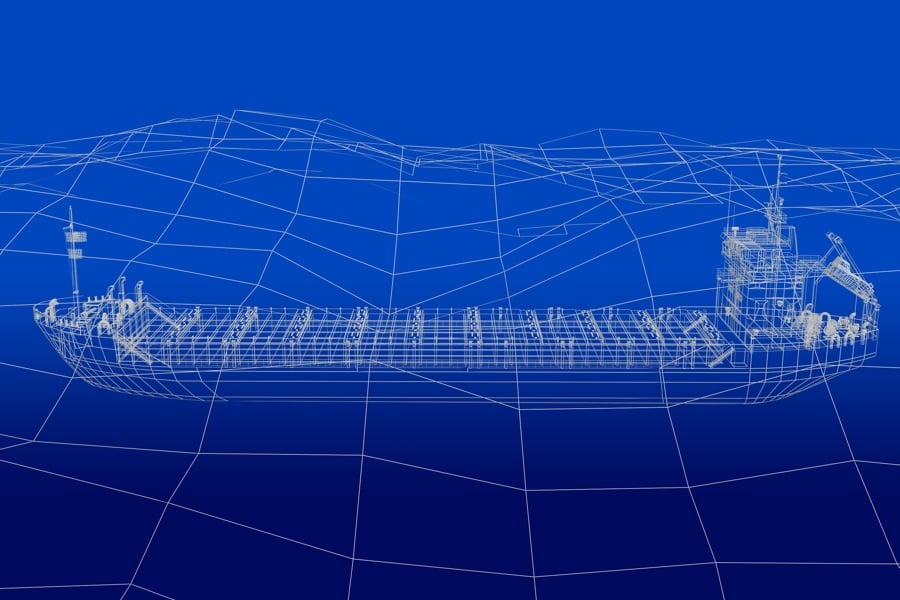
The maritime industry, driven by market imperatives like decarbonisation and the urgent need for sustainable practices, is witnessing a surge in demand for innovative designs and cutting-edge technologies. To meet this demand, LR's highly skilled design team provides a comprehensive suite of services encompassing ship hull form optimization, the integration of energy-saving devices, advanced propulsion system development, and the design of future-proof port facilities.
Leveraging best-in-class tools such as Computational Fluid Dynamics (CFD) for precise fluid flow analysis, Finite Element Analysis (FEA) for structural integrity assessments, and Model-Based System Engineering (MBSE) for complex system integration, LR ensures that its clients receive solutions that are not only technologically advanced but also commercially viable and environmentally responsible.
- Structural engineering and assessment: Complete range of vessel, component and port infrastructure structural assessments including analysis against Class rules, global strength assessment, fatigue assessments, structural post-incident damage assessment, cargo hold bulkhead strength assessment, vibration and fatigue analysis.
- Retrofit and repurposing design support: Reviewing retrofit designs against the ship structure, the feasibility of repurposing assets for alternative operations, and supporting design development for regulatory compliance.
- Independent design reviews of hull forms, propellers and Energy Saving Devices (ESDs): CFD review of design reports or independent design performance modelling to assure expected performance and de-risk investment.
- Design optimisation of hull forms, bulbous bows, propeller and ESDs: Design through CFD optimisation using advance optimisation algorithms, industry leading simulation tools and high-performance supercomputing coupled together with expert design practitioners to deliver efficient designs to tight timescales.
- Bulbous bow retrofit support: Development of construction, drawings and documentation for class approval.
- Propeller retrofit: Optimisation of propeller blade profiles for minimum fuel consumption, cavitation and underwater radiated noise (URN). Additionally, documentation for construction and plan approval is also prepared.
- Propulsion shafting dynamic analysis, simulation and optimisation: Shaft alignment calculations, natural frequencies for torsional and axial vibration analyses, bearing load assessment, and analysis of shaft failure.
- Flooding assessment: CFD flooding simulation using dynamic analysis coupled to stability analysis for incident investigation.
- Manoeuvrability assessment: Updating bridge poster manoeuvring characteristics, witnessing seakeeping and manoeuvring model tests, and performing drift assessments during black-outs.
- Trim optimisation: Developing optimum vessel trim for all load conditions and vessel speeds to minimise fuel consumption and emissions.
- Evacuation analysis: IMO-approved analysis to assess evacuations times and congestion zones for passenger vessels to assess the safety of alternative internal layouts and deck space modifications.
- LNG tank sloshing analysis: CFD assessment of the forces on tanks walls and transfer pipes for design and failure investigation.
- Scrubber wash water compliance assessment and modelling: Modelling back pressure generated in the scrubber or the mixing of wash water discharged to sea to meet MEPC requirements.

 Design and optimisation
Design and optimisation

